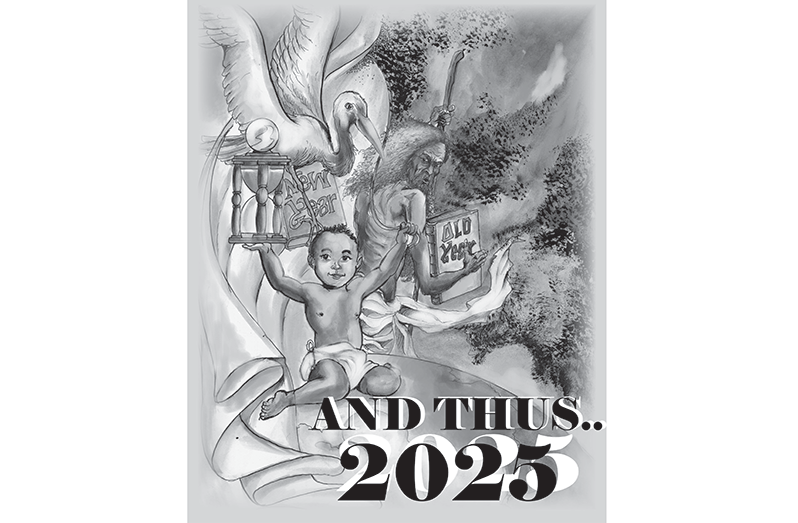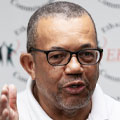IN our human world, the positive, mind-raising symbolic language of Christmas that guides us is conflicted by immediate memories that linger and impede the greater possibilities we long for. In our quiet moments of contemplation, we are challenged to be aware of how to remedy what is broken by our singular efforts. We can all tap into what haunts us and find answers to lay spooks to rest. That cannot be forgotten, but not without the ceremony of consciousness. We have come a far way from our prehistoric selves, but we have also inherited much from the records of their troubled landscape.
Both my wife and I, when we were younger, shared books. One series of novels we read was the English-speaking versions of a northern European series by a Danish writer, Sven Hassel, who served with and wrote from the German side of WWII. In one of those books, there was a pause during Christmas Day between two combating sides, which I thought was fictionalised, but I was later enlightened by other writers that such events did occur and were recorded.
Thus, soldiers from opposing sides accommodated the notion to cease a deadly conflict for the space of a day’s vacation from the dark shades of facing the inevitable: ‘to inflict or be inflicted upon.’ We do the same thing, to a lesser degree, with the struggle to make the Christmas season a viable activity and memory: of family, enough to eat, changing décor sights at home against the backdrop of music that has enchanted us over the years, whether Stevie Wonder, other blues singers, or our own folk and holiday calypsos. Above all, we stimulate the young with gifts of toys (affordable to the family or received from an uncle, family friend, or friendly organisation). Gifts are a necessary input, assuring children’s confidence that they are not alone or unloved, enabling their imagination to develop, and building confidence.

As an only child, I shared the home of my godparents. My siblings were divided between my parents and relatives. My father, for years, was the only biological parent I knew, as my mother was overseas. But I grew up loving Christmas. I was raised with books and toys—not everything was brand new, though most were. At that time, movies were censored, and some schools had Christmas pageants. Today we would refer to those as religious edutainment.
But children also helped relatives sell apples, Christmas cards, and affordable toys, like the 25-cent gun and caps. No, it wasn’t a bed of roses back then, but something came with Christmas. That something was visiting relatives and socialising, enjoying masquerade bands and the thrill of the “Bad Cow,” etc., TIGER annuals, toys, and a must-see movie.
Where we are now came the other part of Christmas: then, there were New Year’s dances—a big-people thing—and Old Year’s Night cook-up, symbolic of feeding ourselves throughout the coming year. We did go to church and understood the symbolisms of the past and future, embodied in the New Year’s graphic expressions. Again, the child of the New Year beckons, and another page is opened before us.
HAPPY NEW YEAR, 2025!



.jpg)









